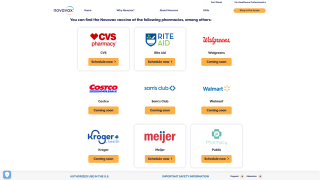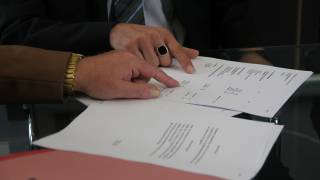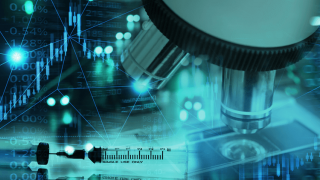Warp Speed Becomes the New Normal for Vaccine Development

A recently published analysis by McKinsey & Company says, 'the standard view in the pharmaceuticals industry has been that it takes many years to develop a new drug. And, until recently, that has generally been true.'
This new McKinsey analysis of all new drugs developed since 2000 shows that the mean development timeline, from the start of clinical testing to approval, is nearly ten years.
The same holds for new anti-infective vaccines such as human papillomavirus, shingles, and pneumococcal infections.
Remarkably, just 11 months after the SARS-CoV-2 beta coronavirus sequence was published, humans began receiving COVID-19 vaccines in December 2020. Since then, over 126 million people in the USA have been fully vaccinated against COVID-19.
Previously, the fastest vaccine development was for the mumps virus, which took four years during the 1960s.
Leaders in the pharmaceutical and biotechnology industries are debating which parts of this hyper-accelerated development cycle are ephemeral and which parts will live on, says McKinsey. The companies that can make changes in these areas can trigger lasting transformations—and bring life-changing therapies to patients that much faster.
The authors of this analysis issued on May 13, 2021, included Gaurav Agrawal, Robert Hermann, Rosa Poetes, Michael Steinmann, and Martin Møller.
Our Trust Standards: Medical Advisory Committee























